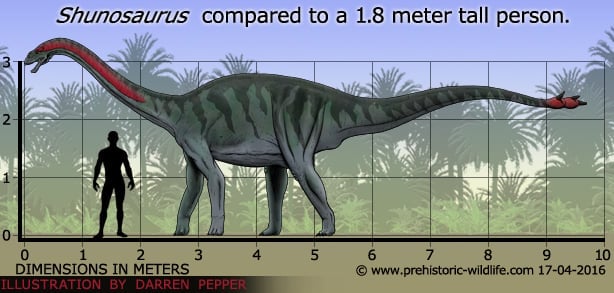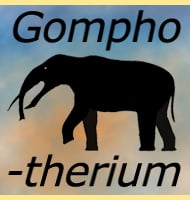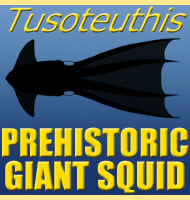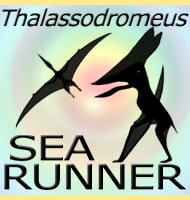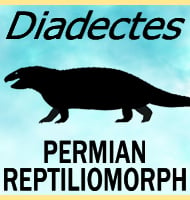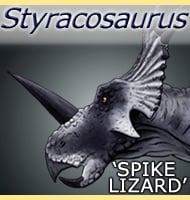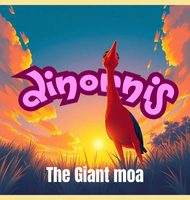In Depth
The large number of well-preserved Shunosaurus individuals that have been recovered has revealed much about Shunosaurus making it perhaps the most complete sauropod genus known. This material has also allowed palaeontologist to confirm as well as speculate upon new theories for other sauropods that are not as well represented as Shunosaurus. However, despite the reconstruction of Shunosaurus being without doubt, its exact phylogenetic position is still currently under doubt with some people placing Shunosaurus within the Euhelopodidae instead of the Cetiosauridae like it was originally placed. It may require the recovery and further study of material from other sauropods of these groups before Shunosaurus can be confidently placed within one group or the other.
Shunosaurus had what appears to have been a defensive adaptation to the tip of its tail. The vertebra here formed the support for a spiked club, two five centimetre horns rising from the top. Such a club combined with the momentum of the tail would have been easily capable of inflicting crushing blows upon attacking theropod dinosaurs. Another possibility for this weapon is that it could have been used between two males competing for dominance.
Further Reading
– [Dinosaurs from the Jurassic of Sichuan] – Palaeontologica Sinica, New Series C, Whole Number 162(23):1-136 – Z. Dong, Z. Zhou & H. Zhang – 1983. – [The discovery of the bony tail club of sauropods] – Vertebrata Palasiatica 27: 219–224 – Z. Dong, G. Peng & D. Huang – 1989. – Cranial anatomy of Shunosaurus, a basal sauropod dinosaur from the Middle Jurassic of China – Zoological Journal of the Linnean Society 136(1): 145–169 – S. Chatterjee & Z. Zheng – 2002. – [Preliminary histological study on the long bones of Middle Jurassic Shunosaurus and Omeisaurus from Dashanpu, Zigong, Sichuan] – Acta Palaeontologica Sinica 46(1):135-144 – Y. Ye, G. -Z. Peng & S. Jiang – 2007.- Age of Jurassic basal sauropods in Sichuan, China: A reappraisal of basal sauropod evolution. – GSA Bulletin. 130 (9–10): 1493–1500. – Jun Wang, Yong Ye, Rui Pei, Yamin Tian, Chongqin Feng, Daran Zheng & Su-Chin Chang – 2018.
